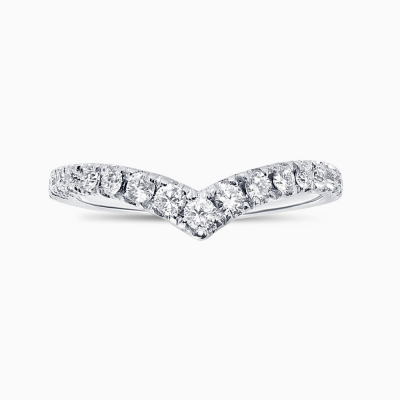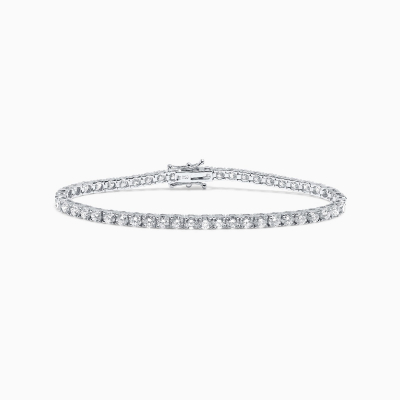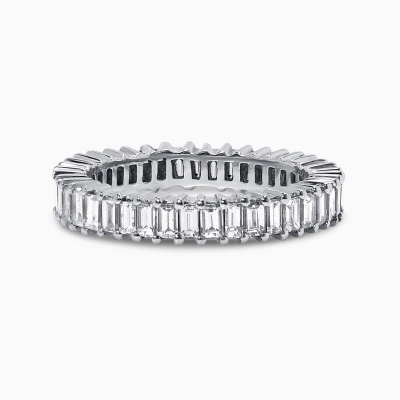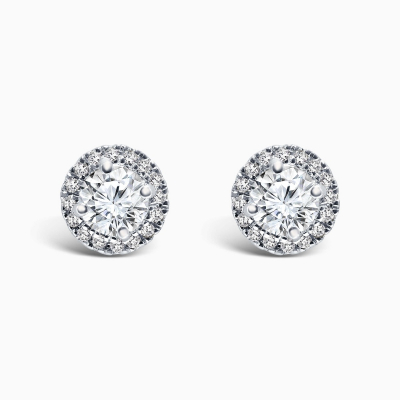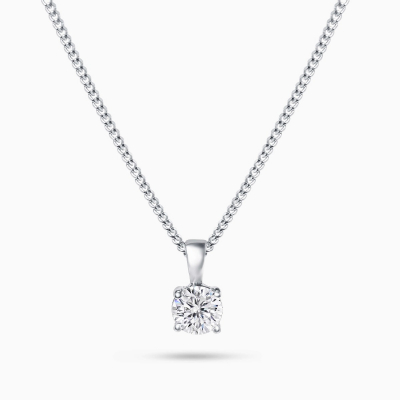GBP
/
GBP
/
Shipping to:
Currency:
DIAMOND CARAT
This is one of the easier diamond qualities to understand, as the carat weight simply refers to the diamond’s weight. However, it is vital to remember that the carat weight does not accurately reflect the size of the diamond. Some shapes can appear bigger than others despite having the same carat weight, for example, the Marquise diamond is well known for optimising carat weight. Find out more below.
The word carat is used widely in jewellery because ‘karat’ is also the word for the purity of gold, so it is important not to get the two confused. Carat is a unit of weight, and it can often be shown as ct. One carat is equal to 200 milligrams, and you will often see carats divided into points. One point equates to 0.01 carat, i.e. two milligrams. The UK officially accepted ‘carat’ as the measurement for diamonds in 1914 and it is now the standardised measurement all over the globe.

As well as the cut, colour, and clarity, the carat weight is one of the key factors that play a pivotal role in determining the price of a diamond. Generally, the heavier the diamond is, the more expensive it is. This is even more so the case because heavier diamonds are more scarce. Nevertheless, remember heavier does not translate to bigger, and thus the cut and the shape of the diamond needs to be carefully considered too.
Carat is denoted by ‘ct’
1 carat = 0.2 gram
5 carat = 1.0 gram
The name ‘carat’ is derived from the name of the carob or locust tree (Ceratonia siliqua) found in Mediterranean lands. The dried seed of this tree were once used by traders as unit of weight for gems because the seeds have remarkably consistent which is around 1/5 gram.
Aside from this, one tip to bear in mind when buying is that it is a good idea to go for a carat weight that falls just show of the popular weights, such as 1 ct. and ½ ct. This is advisable because you can often benefit from a slightly lower price, as the diamond will fall just shy of the popular carat weight.
Oversizes may trade at 5% to 15% premiums over similar quality straight size.
Oversizes are: (0.60-0.69), (0.80-0.89), (0.96-0.99), (1.30-1.49), (1.75-1.99), (2.50+), (3.50+) and (5.50+)







